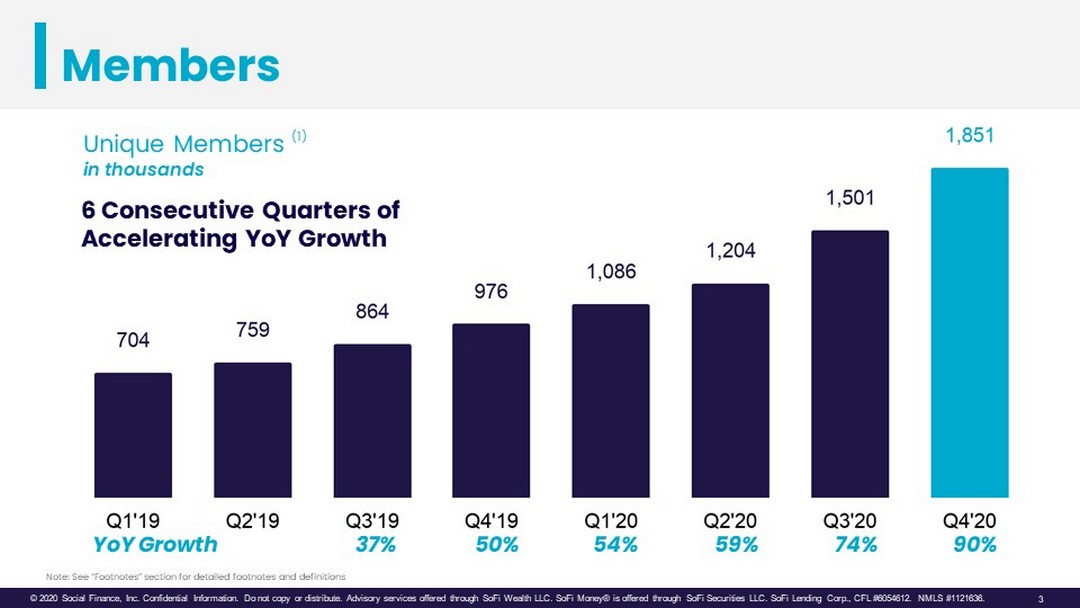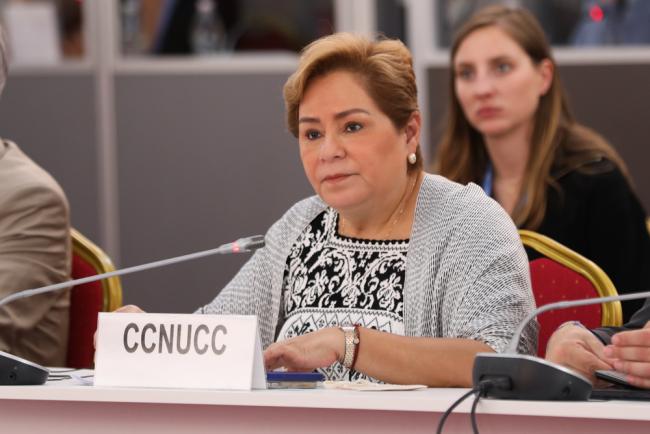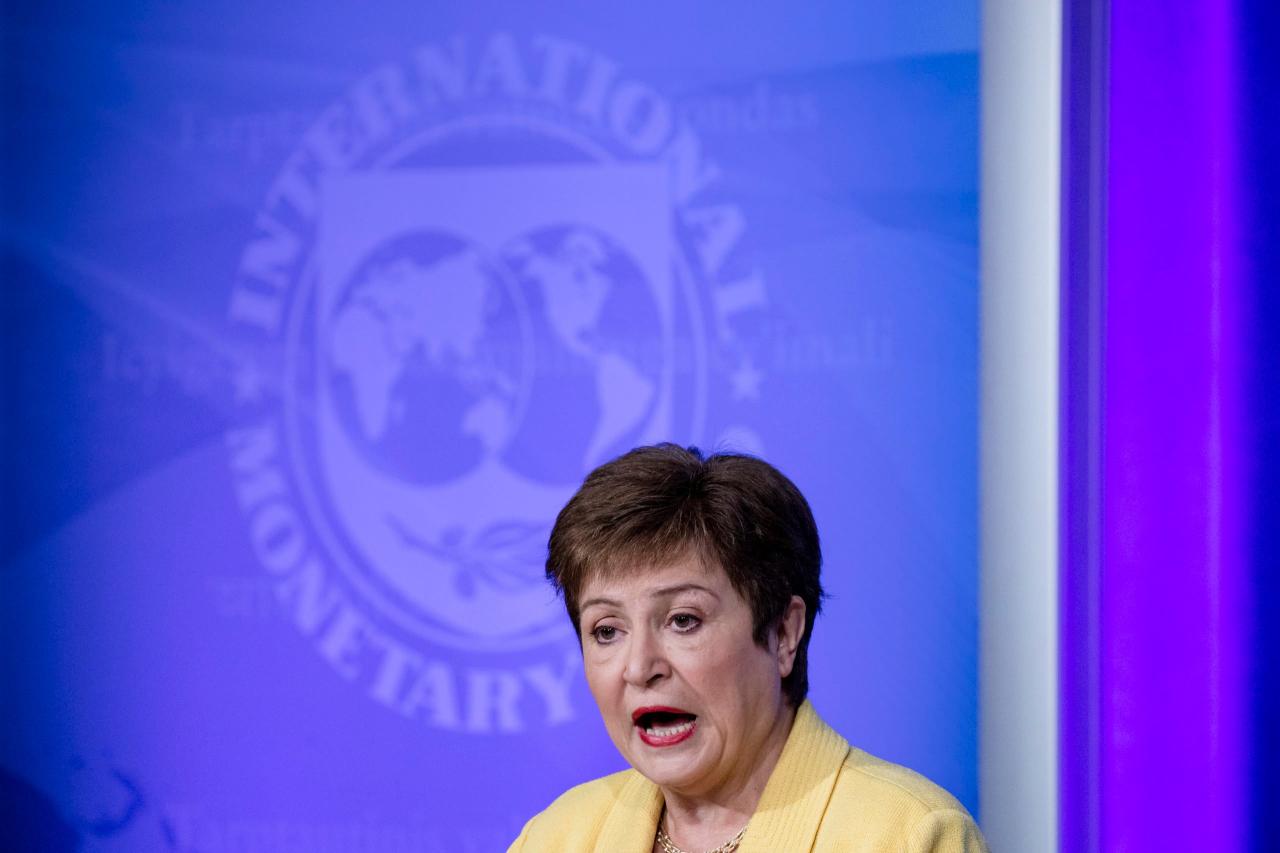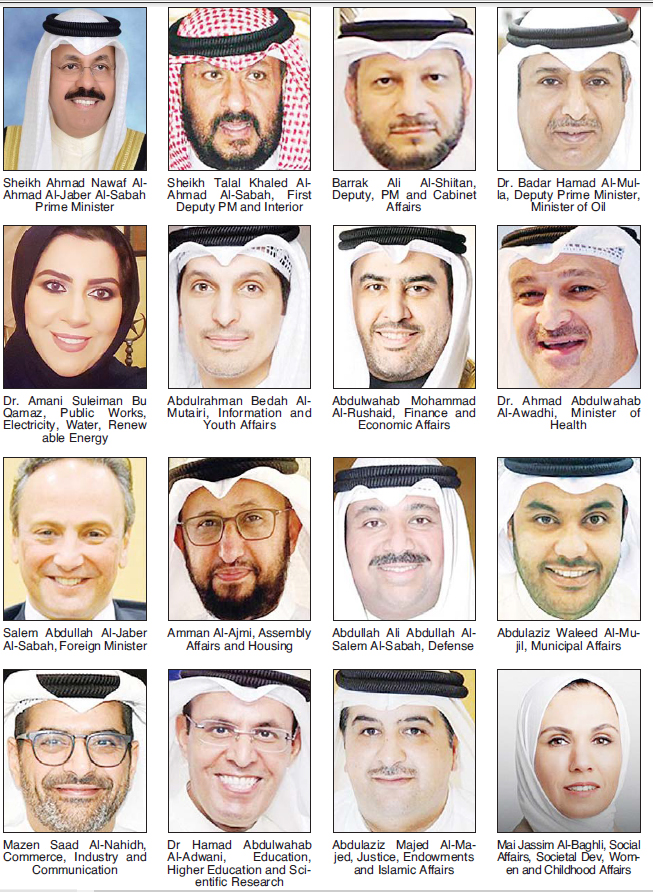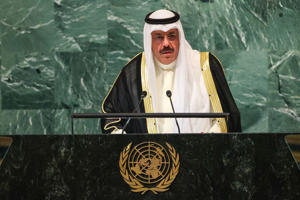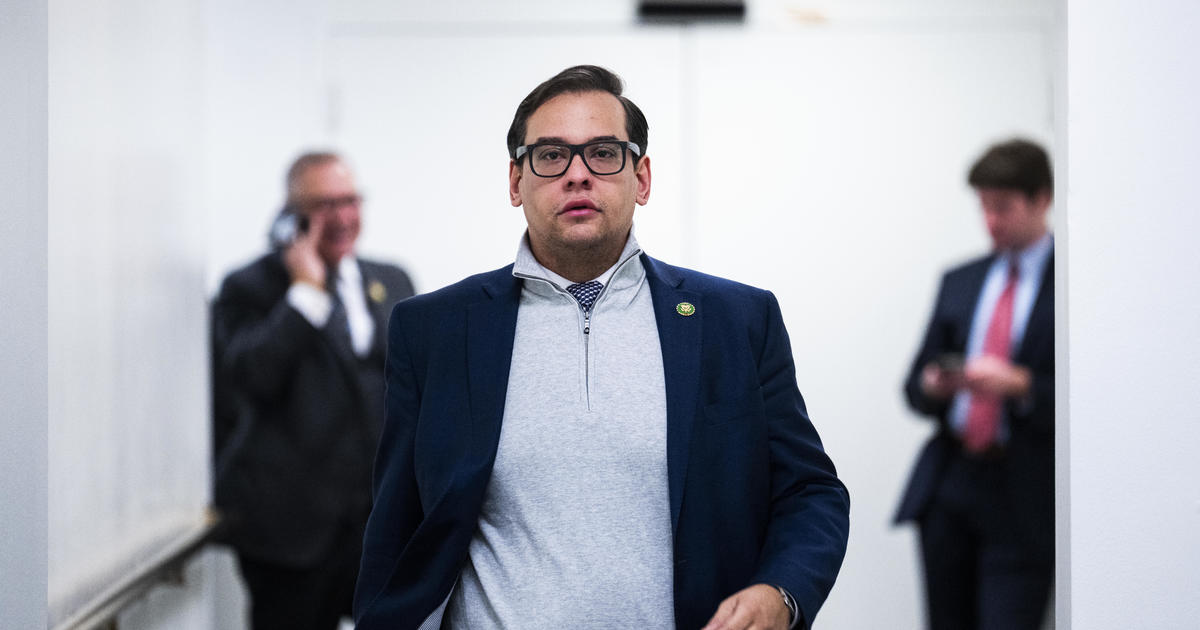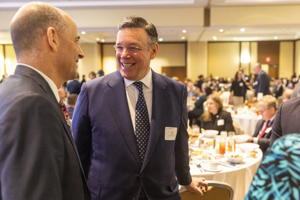Automotive Finance Market Research Report on Business Strategies Including Mergers, Acquisitions, Partnerships, Research and Development, Expansion and Cooperation Plans Adopted by These Key Global Players, Revenue by Type ( Loan, Leasing, Other ), Market Forecast by Applications ( New updates). vehicles ). , used cars ) The growth of the global car finance market is expected to increase significantly during the forecast period from 2023 to 2030. By 2023, the market is growing steadily and the market is expanding due to the growing strategies of key players. It is expected to exceed the forecast horizon. Automotive finance market forecast by region, type and application, with sales and revenue from 2023 to 2030.
Get a PDF sample report: https://www.marketreportsworld.com/enquiry/request-sample/22317996
Report on the main key players in the automotive financial market:
● Volkswagen Financial Services ● Daimler Financial Services ● Toyota Financial Services ● BMW Financial ● Ally Financial ● Honda Financial Services ● Capital One ● Chase Auto Finance ● GM Financial ● Hitachi Capital ● Ford Motor Credit ● BNP Bank RCIS Capital ● Banque PSA Finance ● Bank Americas ● Suzuki Finance ● SAIC ● Dongfeng Auto Finance ● Chery Huiyin Auto Finance ● Maruti Finance ● Tata Motor Finance
Get a Sample Automotive Finance Market Report 2023
By 2023, the industry will dominate and generate the largest share of revenue, according to our new research. The position of the automotive financial market in developing countries, including increased investment in R&D and ongoing mergers and acquisitions. The financial statements of all major players in the Automotive Finance market provide information along with their key developments, product specifications and SWOT analysis. The company profile section also includes an overview of business and financial information. The Global Automotive Finance Market Research 2023 report spans 127 pages and features size, share, growth and forecasts with exclusive vital statistics, data, information, trends and competitive landscape details. In this area.
This Automotive Finance Market Report provides a detailed historical analysis of the global Automotive Finance market from 2016 to 2021, as well as detailed market forecasts by region/country and sub-sector for the period from 2022 to 2030. It covers sales/revenue/price, gross margin, historical growth and future perspectives of the Automotive Finance market. In addition, the impact of Covid-19 is worrying. Since the beginning of December 2019, the COVID-19 virus has spread around the world, causing great human and economic losses, hitting the global manufacturing, tourism and financial markets, and growing the online market/industry. Fortunately, with the development of a vaccine and the efforts of other governments and international organizations, the negative impact of COVID-19 is expected to decrease and the global economy to recover.
The auto financing market is divided.
● Installment ● Rent ● Other
Depending on the application, the automotive finance market can be divided into:
● New cars ● Used cars
This automotive finance market research report looks at the impact of Covid-19 on the upstream, downstream and downstream industries. In addition, this study provides an in-depth market assessment that highlights various aspects of market dynamics such as drivers, constraints, opportunities, threats, as well as industry news and trends. Finally, this report provides in-depth analysis and professional advice on how to deal with the post-COVID-19 pandemic. The research methodology used to estimate and forecast this market starts with the revenue and market share of the key players.
Learn more in this report and share any pre-order request at https://www.marketreportsworld.com/enquiry/pre-order-enquiry/22317996.
Various secondary sources such as press releases, annual reports, data from non-profit organizations, industry associations, government agencies and customs authorities were used to determine relevant information for this extensive market research. Calculations based on this led to the overall size of the market. Once the total market size is obtained, the entire market is divided into various segments and sub-segments, which are further supported by primary research and extensive interviews with industry experts such as CEOs, VPs, directors and executives. Data triangulation and market segmentation procedures were used to complete the overall market design process and obtain accurate statistics across all segments and sub-segments.
Market segmentation by region/country, including:
● North America (USA, Canada, and Mexico) ● Europe (Germany, UK, France, Italy, Russia, Spain, etc.) ● Asia Pacific (China, Japan, Korea, India, Australia, and Southeast Asia ) etc. ) ● South America (Brazil, Argentina and Colombia, etc.) ● Middle East and Africa (South Africa, United Arab Emirates and Saudi Arabia, etc.)
Report cover.
The Automotive Finance Market Report presents significant growth drivers, restraints, opportunities, and potential challenges for the market. The study provides an overview of regional developments. It also includes a list of key players in the market and the strategies adopted to stay ahead of the competition. The report details recent developments in the industry such as product introductions, partnerships, mergers and acquisitions. The study also details the recent Covid-19 outbreak in the auto finance market. The current recession and inflation and their impact on the market are reviewed in our latest research report.
Some of the main questions asked in the report are:
● What are the key recent trends in the automotive finance market that affect product lifecycle and return on investment? ● What are the regulatory trends at the corporate, business and operational levels? ● Micro-marketing initiatives of major players stimulate investment. ● What framework and tools are best for PESTLE analysis? ● Which regions see new opportunities? ● What end user technologies could create new revenue streams in the near future? ● What is the current and expected level of competition in the market in the near future?
Purchase this report ($2,500 for a user license) https://www.marketreportsworld.com/purchase/22317996
Some highlights from the table of contents:
● Market Overview – consists of six sections, research area, key manufacturers, market segmentation by type, automotive finance market by application, research objectives and years covered. ● Market landscape . Here, participants in the global automotive financial market are divided by price, revenue, transactions and organization, market value, determinants, latest forecasts and models, consolidation, development, acquisitions, and the industry as a whole. departments of large organizations. ● Manufacturer Profiles : – The top players in the global Car Finance market are reviewed here based on the region they offer, core products, net income, revenue, costs and innovation. ● Market conditions and prospects by region . This section of the report analyzes net income, sales, revenue, innovation, total industry share, CAGR, and market size by region. It examines in detail the global auto finance market in regions and countries such as North America, Europe, China, India, Japan, and the Middle East and Africa. ● Application/End User . This section of the study shows how different end user/application segments are growing in the global auto finance market. ● Market Forecast – Product Side. This section of the report defines manufacturer estimates and estimates, manufacturer key figures, estimates and forecasts by type. ● Research results and conclusion. this is one of the last sections of the report, presenting the findings of the researchers and the conclusion of the study.
Global Automotive Financial Market Report 2023 Detailed Content
Chapter 1 Overview of the car loan market
1.1 Definition of auto financing
1.2 Global Automotive Finance Market Status and Prospects (2015-2030)
1.3 Global Automotive Industry Market Size Comparison by Region (2015-2030)
1.4 Global Automotive Industry Market Size Comparison by Type (2015-2030)
1.5 Global Automotive Industry Market Size Comparison by Application (2015-2030)
1.6 Global Automotive Industry Market Comparison by Sales Channel (2015-2030)
1.7 Dynamics of the car loan market (impact of Covid-19)
Chapter 2 Automotive Financial Market Segment Analysis by Players
2.1 Global Automotive Finance Sales and Market Share by Player (2018-2020)
2.2 Global Automotive Industry Revenue and Market Share by Player (2018-2020)
2.3 Global Car Average Price by Player (2018-2020)
2.4 Competitive situation and player trends
2.5 Completion of a section by the player
Chapter 3. Segment analysis of the auto financing market by type
3.1 Global Automotive Industry Market by Type
3.2 Global Automotive Finance Sales and Market Share by Type (2015-2020)
3.3 Global Automotive Industry Revenue and Market Share by Type (2015-2020)
3.4 Global Automotive Finance Average by Type (2015-2020)
3.5 Top Automotive Finance Players 2020 by Type
3.6 Result of a typical section
Chapter 4 Automotive Financial Market Segment Analysis by Application
4.1 Global Automotive Finance Market by Application
4.2 Global Automotive Industry Revenue and Market Share by Application (2015-2020)
4.3 Top Automotive Consumers 2020 by Application
4.4 Application summary section
Chapter 5. Segment analysis of the auto financing market by sales channels
5.1 Global Automotive Industry Market by Sales Channel
5.1.1 Live channel
5.1.2 Distribution channel
5.2 Global Automotive Industry Revenue and Market Share by Sales Channel (2015-2020)
5.3 Top Auto Finance Distributors/Dealers by Sales Channel in 2020
5.4 Summary by Sales Channel Segment
Chapter 6. Segment analysis of the automotive financial market by region
6.1 Global Automotive Industry Market Size and CAGR by Region (2015-2030)
6.2 Global Automotive Finance Sales and Market Share by Regions (2015-2020)
6.3 Global Automotive Industry Revenue and Market Share by Regions (2015-2020)
6.4 North America
6.5 Europe
6.6 Asia Pacific
6.7 South America
6.8 Middle East and Africa
In the regional summary section 6.9
Chapter 7 Profile of Major Auto Finance Players
Chapter 8
8.1 Legal Management Software Industry Network
8.2 Download legal management software
8.3 Sub-Legal Management Program
Chapter 9. Auto Finance Growth Trends (2022-2030)
9.1 Global Automotive Financial Market Size Forecast (Sales and Revenue) (2022-2030)
9.2 Global Automotive Industry Market Size and CAGR Forecast by Region (2022-2030)
9.3 Global Automotive Industry Market Size and CAGR Forecast by Type (2022-2030)
9.4 Global Automotive Industry Market Size and CAGR Forecast by Application (2022-2030)
9.5 Global Automotive Market Size and CAGR Forecast by Sales Channel (2022-2030)
Chapter 10 Appendix
10.1 Research methodology
10.2 Sources of information
10.3 Disclaimer
10.4 Analyst Certification
To be continued….
View full content: https://www.marketreportsworld.com/TOC/22317996
about Us:
Market Reports World is a trusted source of market reports that will give you the advice you need for your business. As the industry expands, the market changes rapidly. Advances in technology have provided multifaceted benefits to today's businesses, driving economic change every day. Therefore, it is very important to understand the patterns of market movement in order to develop the best trading strategy. An agile strategy gives companies a planning advantage over startups and competitors.
Connect with us
Email : [email protected]
Phone : US +(1) 424 253 0946 / UK +(44) 203 239 8187
Find our most recent updated reports below.
Paint Market
PET packaging market
Slimming and weight management market
Global market for direct-to-consumer genetic testing
International cutting machine market
Fire pump market
The market for GPS tracking devices
High Tenacity Polyester Yarn Market
HDPE Drum Market
Market for Cardiovascular Information Systems (CVIS)
Press release issued by Express Wire
Visit the Automotive Financial Market Forecast Report 2023-2030 to view the original version via Express Wire.
COMTEX_428227016/2598/2023-04-03T05:39:26
Problem with this press release? Contact the Comtex source code provider at [email protected]. You can also contact MarketWatch support via the Customer Service Center.
